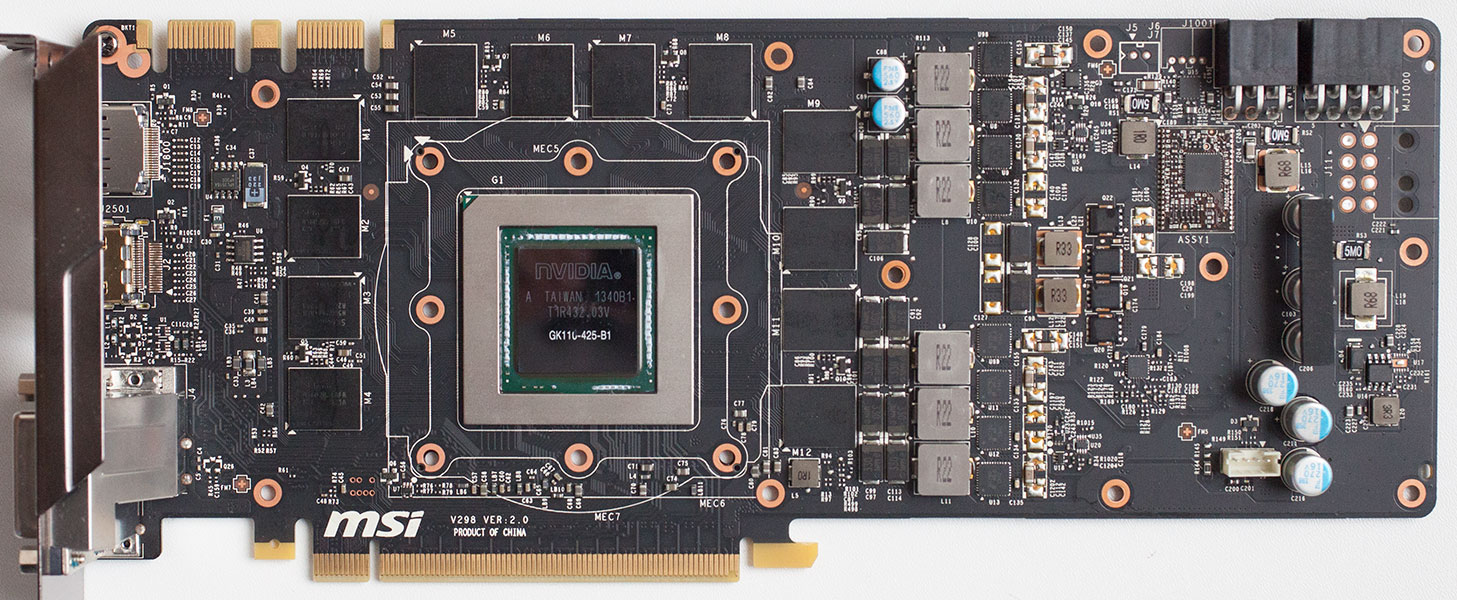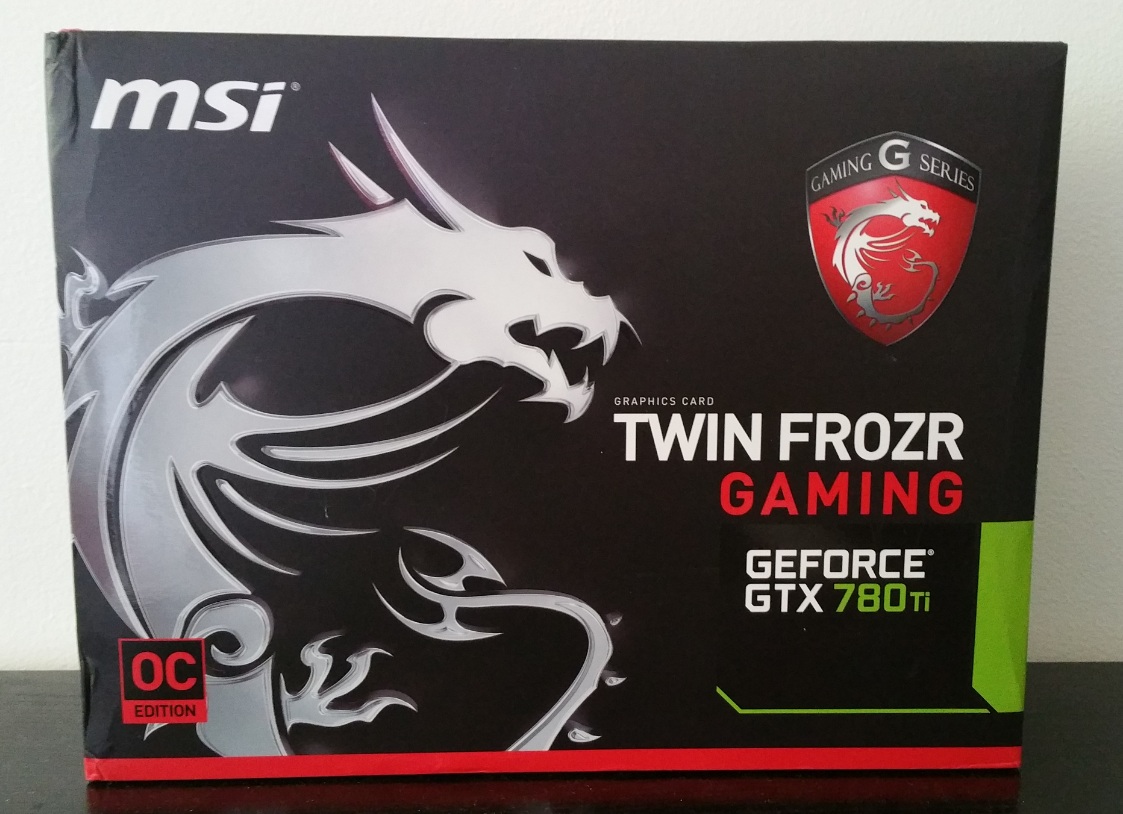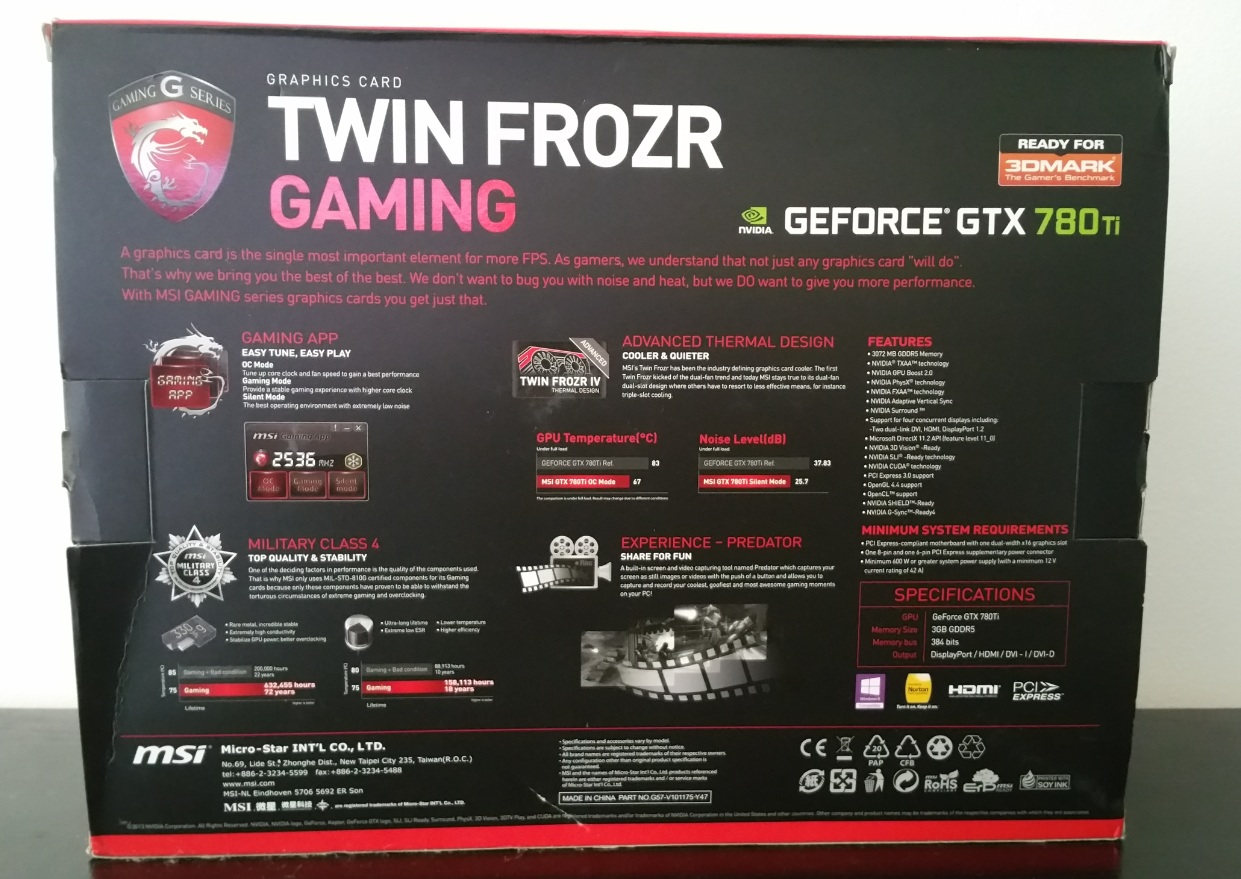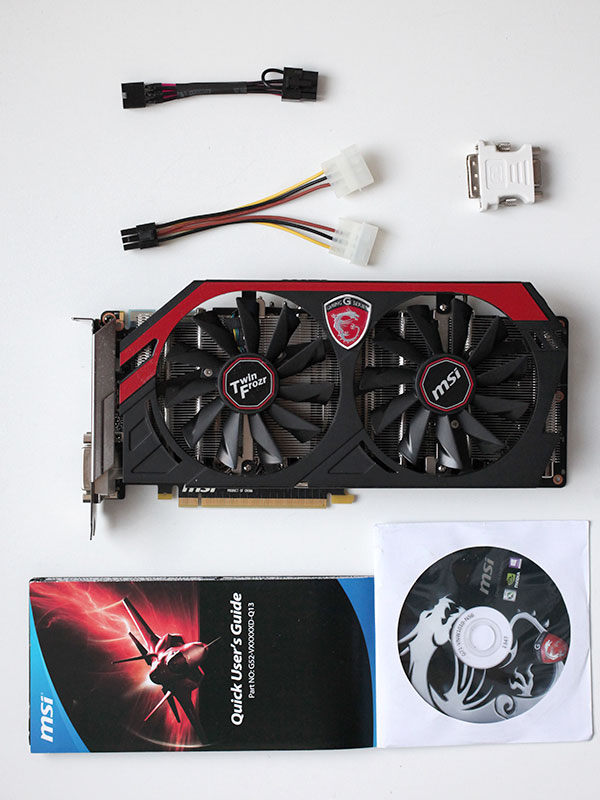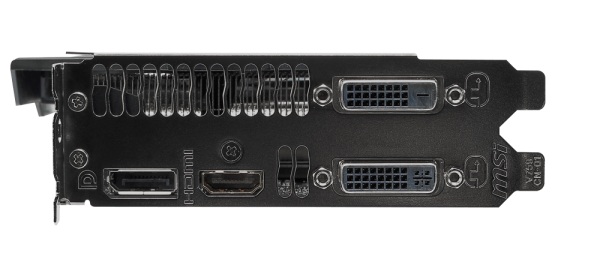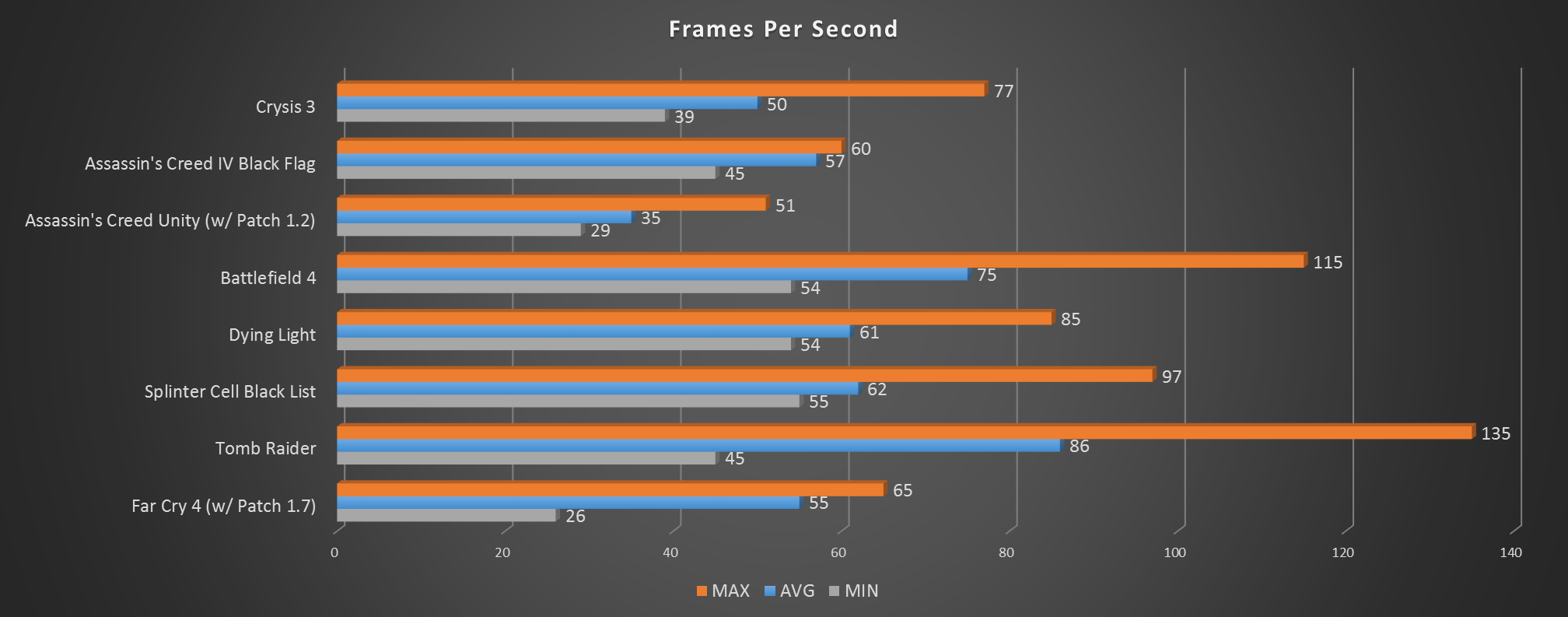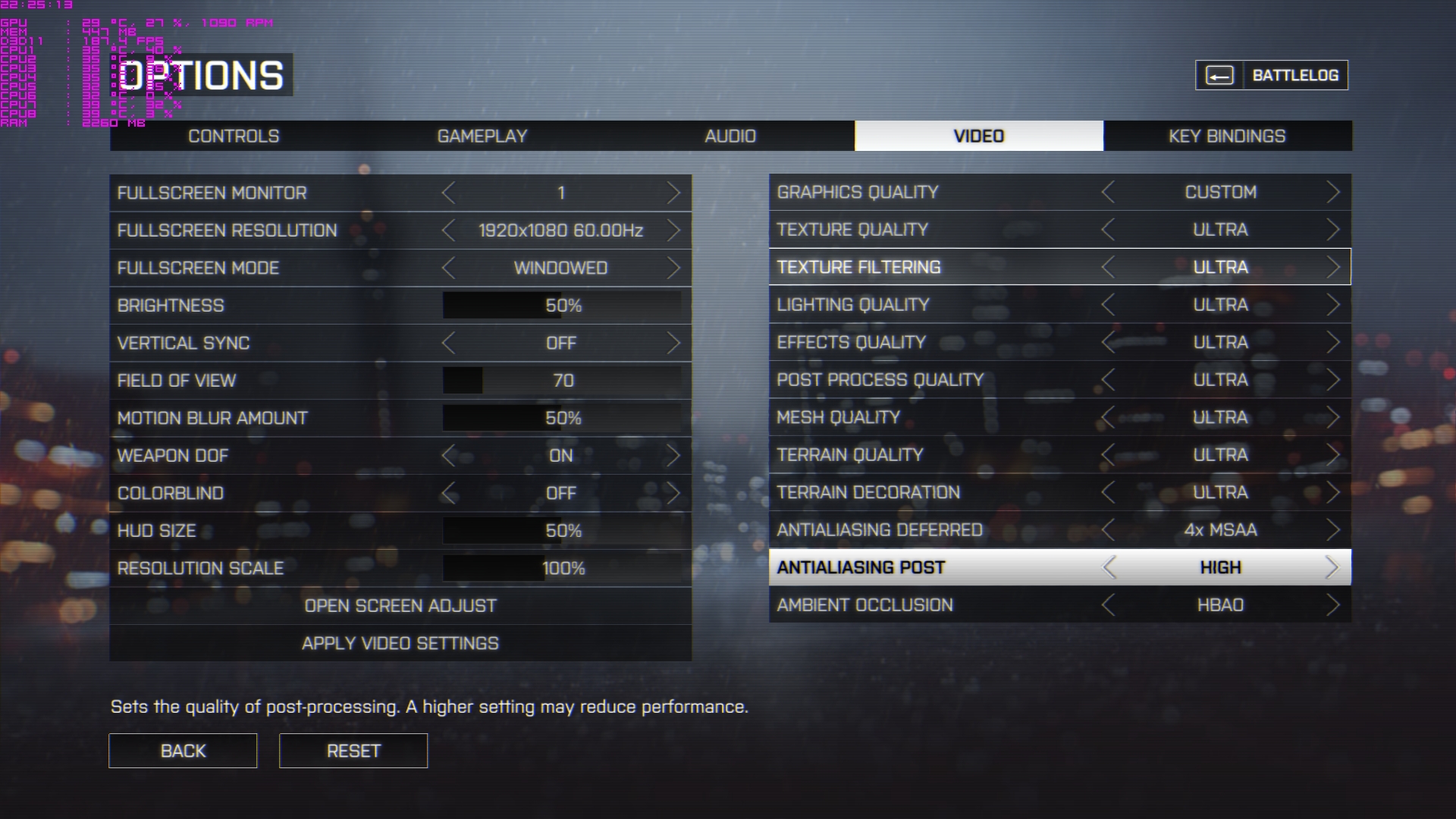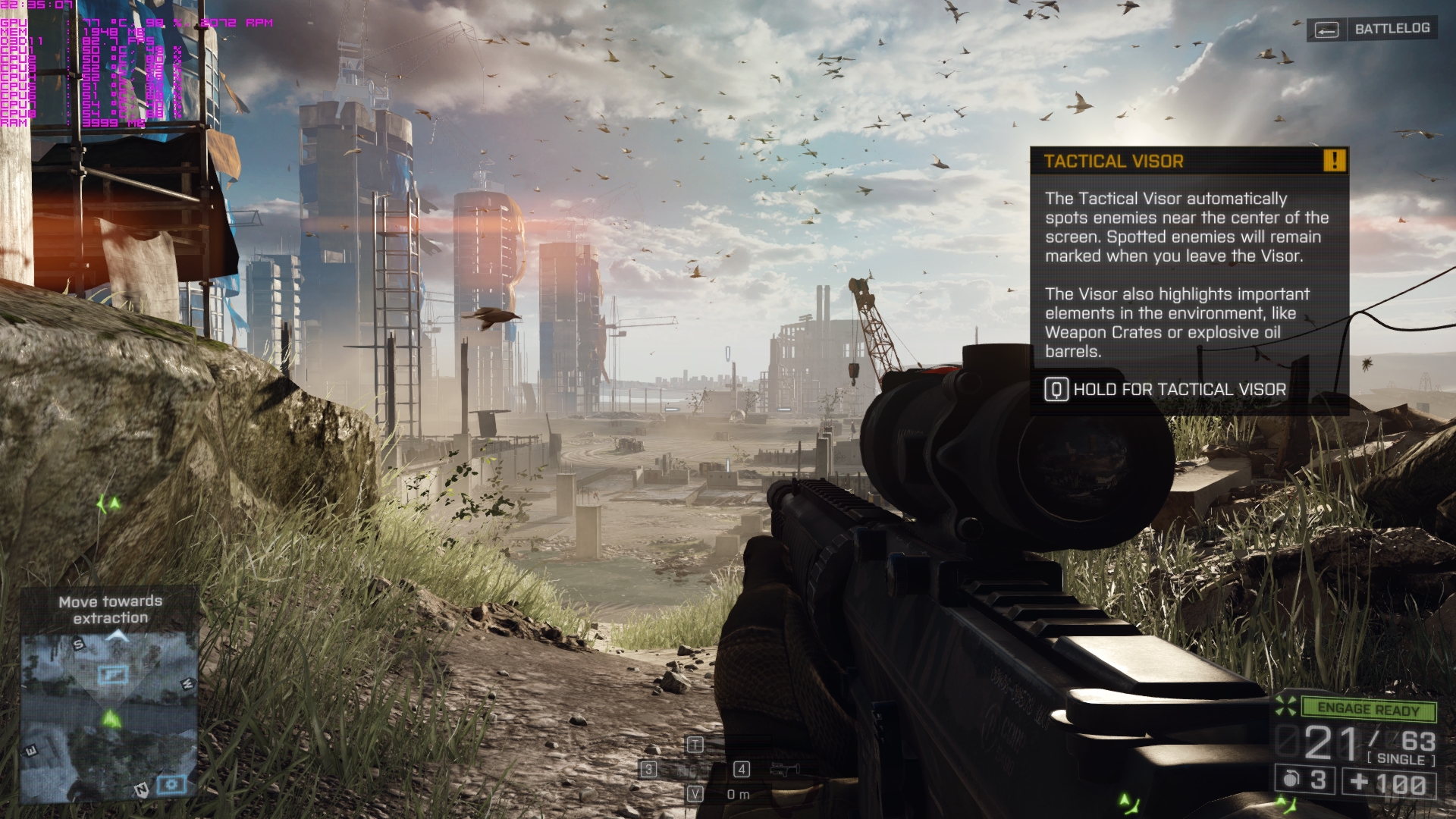
Today in for testing we have what’s on the opposite spectrum of the 7xx series from Nvidia, the flagship GTX 780 Ti.
The full unlocked powerhouse with all the goodies and then some.
Price when reviewed: £ 444.82 - via Amazon.co.uk
MSI GTX 780Ti Gaming 3G PCIe Graphics Card (DDR5,DVI,HDMI,DP, 2S)
MSI - Micro-Star International
Is a Taiwanese electronics company, founded in 1986, based in New Taipei City.
It is one of the world’s largest information technology manufacturers for motherboards, video cards and also makes a range of other products including laptops, all-in-one computers, servers, industrial computers, household appliances, barebones systems, and multimedia devices.
Prolog
Like the previous MSI GTX 760 where we had very good thermals and noise readings from the same type of proprietary cooling, also here we have high hopes from the 780 Ti.
Being an OC model comes, it out of the box with a 1020 MHz core clock (Ref 875) with a Boost clock of 1085 MHz (Ref 928) but the same 1750 MHZ for the memory (multiply this by 4 and you get 7000 MHz).
Still the fastest memory on the market, so no worries.
And also a lot of upgrades from the reference design like Hi-c CAPs and Solid CAP’s, PCB with reinforced metal plate.
Let’s get into the specifications and features.
The horsepower comes from NVIDIA’s GK110 graphics processor that was first introduced as a Tesla-only product for powering demanding GPU compute applications. Now it is sold as a GeForce GPU.
It uses 7.1 billion transistors on a die size of 561 mm².
The GPU is produced on a 28 nanometer process at TSMC, Taiwan.
Comes with the unlocked full architecture (despite the first Titan and 780 afterwords who had elements disabled), here we have the full 15 Streaming clusters thus 2880 Shader Processing Units enabled.
That’s 240 TMUs and 48 ROPs on a 384-bit memory interface of the fastest GDDR5 at the moment.
Has 12 pieces of 64M × 16 GDDR5 SDRAM giving a total of 3072 GB of GDDR5 memory at 7000 MHz thus providing up to 336 GB/sec of peak memory bandwidth. That’s insane, nr 1 in the world right now regarding memory bandwidth.
Needs one of each, 6 pin and 8 pin PCI-Express power connector, thus this configuration is good for up to 300 W of power draw (with a TDP of 250W)
Below, where it lays in the graphic cards segment.
More goodies include the new GPU BOOST 2.0 and Unlocked GPU Core Voltage
For a quick explanation of the first, means that when your graphics card idles the cards clock frequency will go down and if the card ‘sees’ that GPU has room left for some more, it will increase the clock frequency a little and add some extra performance.
Of course of all these in a thermal threshold which is a nominal value of 80 degrees Celsius which is the balance in-between an acceptable temperature versus low noise levels.
With the version 2.0 and the second feature, you can configure the temperature target at let’s say 90 degrees and the power target has room left then card will increase the GPU Voltage a little bit. It’ll then clock faster on the Turbo frequency until it reaches the temperature and power targets. Overclocking on that end will work the same as GPU boost will continue to work while overclocking, it stays restricted within the TDP bracket.
Interesting stuff.
Let’s move onto the product itself.
Packaging
Good looking box with all the self-explanatory details.
In the box we have the following:
- The Graphics Card (duh!)
- 6-pin to 8-pin PCI-Express adapter
- Twin Molex to 6-pin power adapter
- Driver installation CD
- DVI adapter
- User guide
Board Inspection
Dimensions (L x W x H) are 266 x 129 x 38 mm and a weight of 782g.
The same red and black colour combo plus the 2x 100 mm proprietary MSI fans that combine with the 5 large heatpipes can handle and dissipate 450 W of heat whilst remaining silent.
We would have liked to see a backplate also considering that it is a flagship card.
Video output options are the following:
- 1x Dual-link DVI-I
- 1x Dual-link DVI-D (with 2048×1536 @60 Hz max output)
- 1x HDMI (version 1.4a) (with 4096×2160 @24 Hz max output)
- 1x DisplayPort (version 1.2) ( with 4096×2160 @60 Hz max output)
Let’s unleash this thing
Hardware used:
Processor: Intel i7 2700k @ 3.5 GHz - Sandy Bridge 32nm, HT and Turbo Boost Enabled up to 3.9 GHz
CPU cooler: Thermalright AXP-100R @ 120 Noiseblocker eLOOP B12-P PWM
Motherboard: MSI B75IA-E33 mITX
RAM: 2 x 4 GB Crucial Ballistix Tactical Tracers 1600 MHz CL8
HDD : 2.5″ HGST 1 TB 7200 RPM 32 MB buffer
SSD : Samsung 840 Pro 128 GB
Case: NCase M1 mITX
Case Fans: 2x 120 mm Noiseblocker MP12-PS PWM
PSU: SilverStone SFX 600 W w/ Single rail - 50 A - SX-600G
Display: Samsung 32″ FHD TV LED 100 Hz - UE32F5000
Sound Meter: Pyle PSPL01 – positioned 1 meter from the case, (we will include +/- 2-3 % margin for error) with ambient noise level of 25-30 dB/A
The card installed.
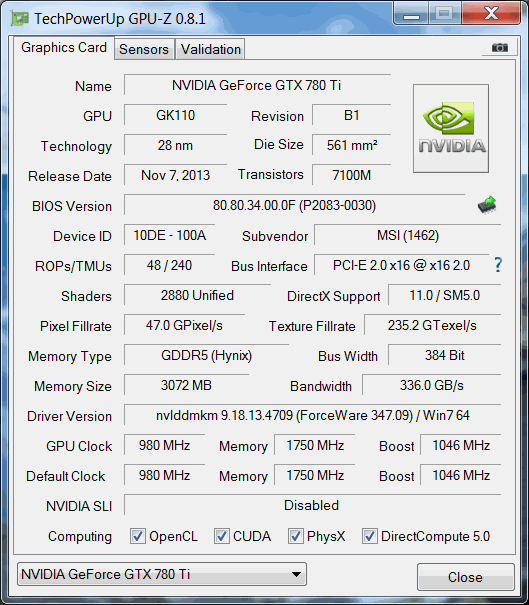
Power Consumption - total system power draw via our wall monitor adapter: Prodigit 2000MU
- In desktop idle: ~ 80 Watts
- In full load running a high demanding game such Crysis 3: ~ 378 Watts
Software
Windows 7 Ultimate x64 SP1
NVIDIA GeForce 347.09 WHQL
MSI Afterburner 3.00.2384 - to record the FPS and video load/temperatures
Games: All set at 1920 x 1080 resolution with maximum settings applied.
Crysis 3
Assassin’s Creed IV Black Flag
Assassin’s Creed Unity (w/ Patch 1.2)
Battlefield 4
Dying Light
Splinter Cell Black List
Far Cry 4 (w/ Patch 1.7)
Tomb Raider
FPS Results
What is shocking compared to the GTX 760 not only that it doubled and tripled the FPS numbers, it’s the SMOOTHNESS of everything.
It’s like we were living in Plato’s Allegory Cave Myth and now we have seen the light.
Again, everything was on maximum settings with all the most punishing AA and options activated.
And pretentious games like Crysis 3 where it had no problems.
I mean now the question it’s not any more about “can it run it”, but how often will it break 100 FPS at 1080p with everything maxed out. 🙂
We are simply amazed what this card can do.
It truly is a monster and an overkill on 1080p resolution.
Temperature results:
In idle desktop it sits at 27-29 degrees Celsius with a room temperature of 21 degrees C.
And we recorded the hottest temperature live via MSI Afterburner which was in Crysis 3 at 69 degrees Celsius.
Noise results:
We can affirm that the MSI GTX 780 Ti with the Twin Frozr cooling set at auto % was exactly with the MSI 760 back then, the quietest component in our build !
The total system build noise at 35 dB/A - that’s even quieter than the 760 !
Very very impressive !
That’s breathtaking on all accounts of performance, noise and temperature.
Conclusion
As previously stated, the N780Ti TF 4GD5OC is one hell of a performer and a champion.
MSI did a great job with the thermals and noise and build quality.
So far it is our most powerful and the best performing video card we ever tested.
The good:
+ Raw horsepower and the level of performance is astonishing and an overkill for 1080p, thus ‘future proof’ it isn’t a term that far fetched to use here.
+ Very quiet - we mean it’s quieter even that the MSI 760 !
+ Very cool - well below the temperature limit beyond which Boost 2.0 starts reducing clocks to keep the card cool
+ Very nice design and quality all around, despite still using a reference PCB design
+ Plenty and diverse full size connections and all the updated protocols.
+ Compact design despite having the biggest fans as an aftermarket solution - fits our small case perfectly
The bad:
- Price - as expected for a top of the line flagship card, but not much over the reference design
- No backplate - not for cooling reasons but more for an aesthetically and protection nature.
- Maybe it should have had 4 GB of VRAM for more future proofing
- Noticed some coil noise but only in the loading menus of games where it had 1000-2000 fps so that’s understandable, none what so ever in normal gaming.
Not much more to say than that it gets our maximum rating:



